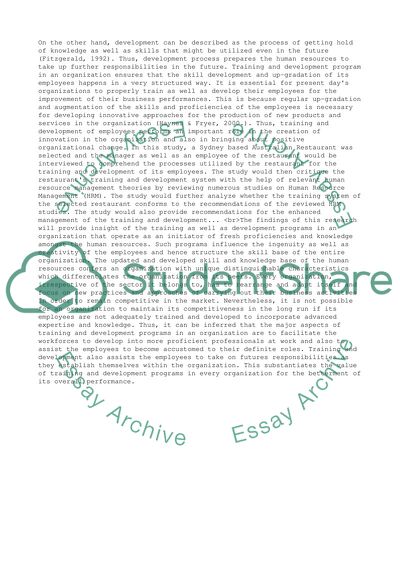Cite this document
(“Training and Development Essay Example | Topics and Well Written Essays - 2500 words”, n.d.)
Retrieved de https://studentshare.org/management/1391473-training-and-development
Retrieved de https://studentshare.org/management/1391473-training-and-development
(Training and Development Essay Example | Topics and Well Written Essays - 2500 Words)
https://studentshare.org/management/1391473-training-and-development.
https://studentshare.org/management/1391473-training-and-development.
“Training and Development Essay Example | Topics and Well Written Essays - 2500 Words”, n.d. https://studentshare.org/management/1391473-training-and-development.


